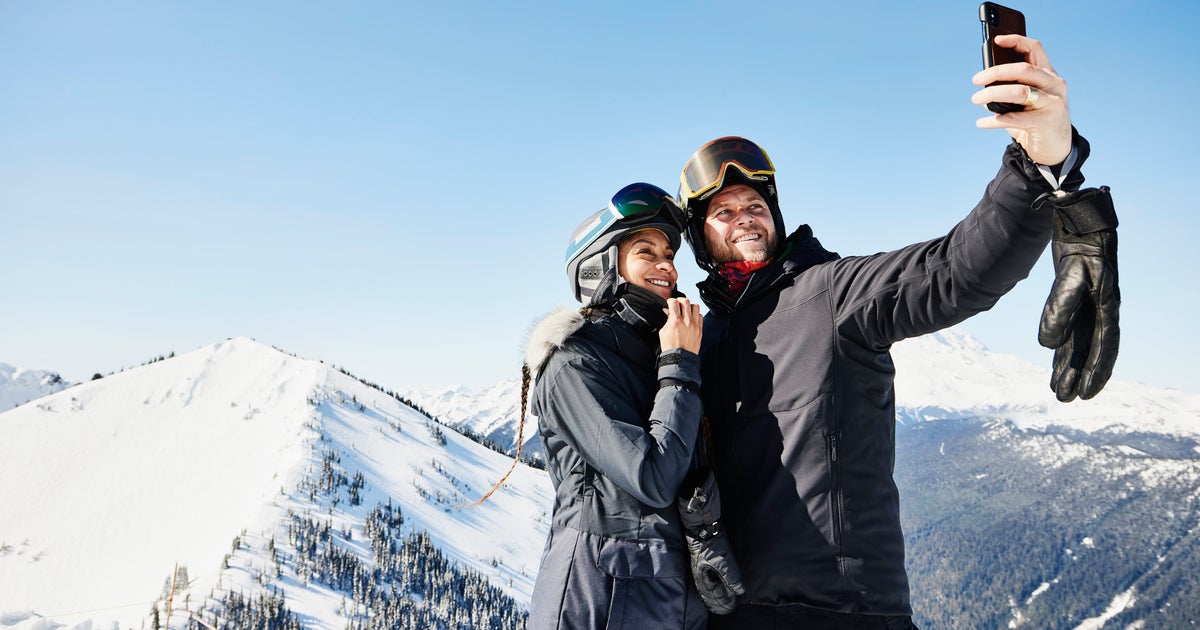
Eugenia Remark
Move over, Paris — there’s a new city of love.
A survey of 2,000 Americans looked at some of the most romantic travel destinations in the world and found that Maui, Hawaii was voted as the top pick this year (34%).
While many respondents still cherish the intimacy that Paris brings (33%), results showed that scenic destinations like Rome, Italy (29%) or Santorini, Greece (11%) can hold their own.
Others look to beachy and tropical locations to feel the spark, like Cancun, Mexico (19%), Costa Rica (13%) and the British Virgin Islands (12%).
Conducted by Talker Research in partnership with Funjet Vacations, the survey found that although respondents are yearning to visit these popular destinations, a majority believe that hidden or smaller destinations are more romantic (69%).
Similarly, more Americans acknowledge that lesser-known destinations are better for setting the mood to be intimate with a partner (45%) and bonding with them overall (45%).
No matter where they go, traveling puts respondents in the mood: on average, those surveyed estimate they’re about 62% more romantic on vacation than during their regular life.

In fact, half of single respondents said that one of the best parts of traveling is the potential to find love.
If they were traveling with a partner, those surveyed would put their love on display by going for walks on the beach (55%), watching sunsets together (54%) or holding hands (53%).
“Vacationing together isn’t just about discovering new places; it’s about igniting, deepening, or rekindling the romance, escaping the ordinary and celebrating the love that binds you,” said Dana Studebaker, vice president of marketing of consumer brands at Funjet Vacations. “The beauty of all-inclusive resorts is that they offer the perfect stress-free escape, removing the hassle of planning and allowing you to focus entirely on each other.”
But according to Americans, vacationing with a partner isn’t for those interested in flings: three-quarters consider traveling with a partner to be a serious step in the relationship (76%).
On average, respondents believe you should be with a partner for about a year before traveling with them, although 42% would do so before that benchmark.
The wait is well worth it for seven in 10 who agree that traveling with a partner is one of the most romantic things to do together (71%).
Sometimes the best trips need the least planning, as more respondents think that a spontaneous trip with a partner is more romantic than a trip planned in advance (50% vs. 34%).
If you’re looking to impress a lover, vacationing together may be the way to their heart, as 72% agree that spontaneous trips with a partner are sexy.
It may be time for those interested in getting lucky on vacation to start their planning.
One in five believe that the best time to travel is during “cuffing season” (22%) — October to mid-February, where people are focused on finding or maintaining relationships during the colder months of the year.
Nearly a third of those who aren’t in a serious relationship are hopeful that they’ll have a partner this upcoming cuffing season (31%).

(Photo by Elif Çifçi via Pexels)
And the same percentage, regardless of their relationship status, have plans to travel with a partner this cuffing season.
“When planning your vacation, I always recommend including activities like yoga, snorkeling, paddleboarding, cooking classes, hiking, wine tastings and more, as they help travelers bond in their relationships and offer opportunities to create in-person connections with new people over a shared interest or new adventure,” said Michael Lowery, head of global consumer business, Funjet Vacations. “One of the perks of choosing an all-inclusive resort is that these experiences are right at your fingertips and come at no extra charge.”
MOST ROMANTIC DESTINATIONS TO VISIT WITH A PARTNER
- Maui, Hawaii — 34%
- Paris, France — 33%
- Rome, Italy — 29%
- Venice, Italy — 27%
- Cancun, Mexico — 19%
- Tuscany, Italy — 16%
- Costa Rica — 13%
- British Virgin Islands — 12%
- St. Lucia — 11%
- Santorini, Greece — 11%
- Aspen, Colorado — 11%
- New York City, New York — 9%
- Turks and Caicos — 9%
- Provence, France — 8%
- The Amalfi Coast, Italy — 7%
Survey methodology:
Talker Research surveyed 2,000 general population Americans; the survey was commissioned by Funjet Vacations and administered and conducted online by Talker Research between July 23 and July 29, 2024.
We are sourcing from a non-probability frame and the two main sources we use are:
- Traditional online access panels — where respondents opt-in to take part in online market research for an incentive
- Programmatic — where respondents are online and are given the option to take part in a survey to receive a virtual incentive usually related to the online activity they are engaging in
Those who did not fit the specified sample were terminated from the survey. As the survey is fielded, dynamic online sampling is used, adjusting targeting to achieve the quotas specified as part of the sampling plan.
Regardless of which sources a respondent came from, they were directed to an Online Survey, where the survey was conducted in English; a link to the questionnaire can be shared upon request. Respondents were awarded points for completing the survey. These points have a small cash-equivalent monetary value.
Cells are only reported on for analysis if they have a minimum of 80 respondents, and statistical significance is calculated at the 95% level. Data is not weighted, but quotas and other parameters are put in place to reach the desired sample.
Interviews are excluded from the final analysis if they failed quality-checking measures. This includes:
- Speeders: Respondents who complete the survey in a time that is quicker than one-third of the median length of interview are disqualified as speeders
- Open ends: All verbatim responses (full open-ended questions as well as other please specify options) are checked for inappropriate or irrelevant text
- Bots: Captcha is enabled on surveys, which allows the research team to identify and disqualify bots
- Duplicates: Survey software has “deduping” based on digital fingerprinting, which ensures nobody is allowed to take the survey more than once
It is worth noting that this survey was only available to individuals with internet access, and the results may not be generalizable to those without internet access.










